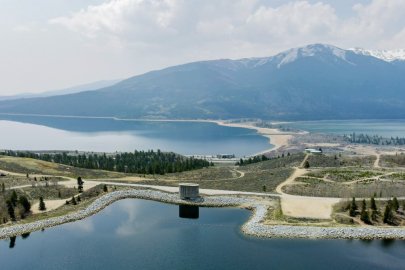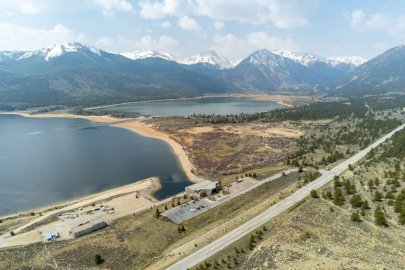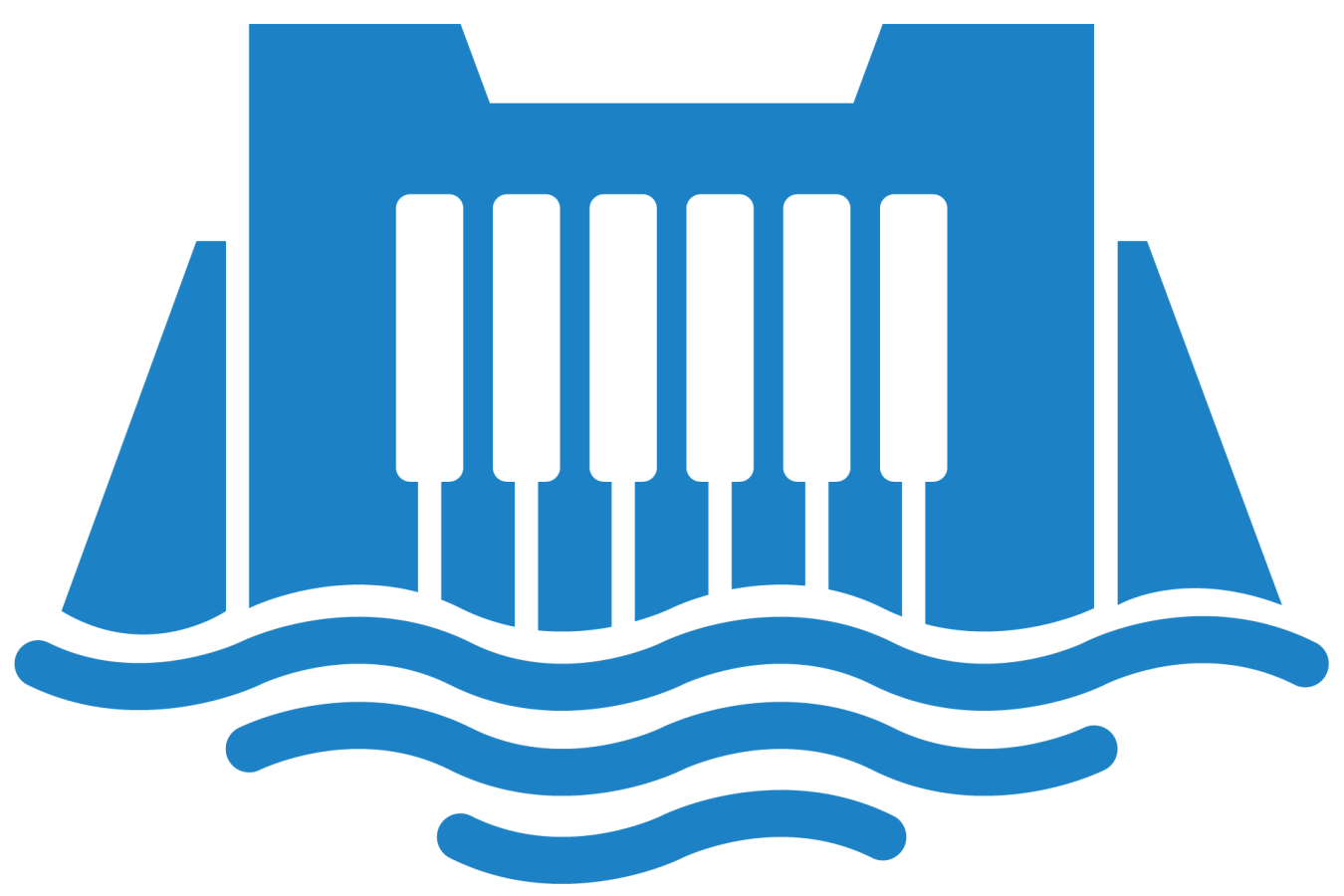National laboratory report can improve decision-making on linings used at pumped storage hydropower facilities, which can help make these facilities more resilient and strengthen their benefits to the grid.
Water Power Technologies Office
March 14, 2024Hydropower Program
Grid Reliability, Resilience, & Integration (HydroWIRES)
Project Name: PSH Liner Study
Project Team: Argonne National Laboratory (lead), Oak Ridge National Laboratory, and Stantec Inc.
Lead Recipient Location: Lemont, Illinois

In January 2023, Argonne National Laboratory released the Reservoir Lining for Pumped Storage Hydropower report, which examines the viability of different materials to line reservoirs at pumped storage hydropower (PSH) facilities. These facilities are frequently subject to rapid changes in water levels, which can put stress on reservoir lining systems. Therefore, effective and resilient lining is essential to minimizing leaks and maximizing the operational efficiency of PSH plants. Ultimately, this report will help improve decision-making on linings used at PSH facilities, which will make these facilities more resilient and strengthen their benefits to the grid.
Geomembrane liner systems have been used since the 1970s for various lining purposes but have not been used extensively in PSH reservoirs in the United States. Geomembrane liners are known for being thinner and less permeable than traditional liners, which makes them more reliable for reducing leakage. In the report, researchers identified the techno-economic benefits of geomembrane lining systems (synthetic membrane liners or barriers used to control the movement of fluid), outlined associated regulatory requirements, and laid out future areas of research and analysis in lining technology.

A report from Argonne National Laboratory examined the viability of different materials to line reservoirs at pumped storage hydropower facilities to help make them more resilient and strengthen their benefits to the grid.
Argonne National Laboratory led this collaborative project and focused on the literature review and techno-economic analysis. Oak Ridge National Laboratory and Stantec Inc. assisted with regulatory analysis and comparison of geomembrane liners to industry liners, respectively.
Due to the hydropower industry’s interest in this report, the project team plans to expand the study to include overviews of all major lining systems, develop a model to estimate costs of geomembrane lining systems, and create a case study focused on the cost model.
-
 A new map and web tool helps hydropower stakeholders understand how the Inflation Reduction Act's investment tax credits can be used to develop pumped storage hydropower projects across the United States.
A new map and web tool helps hydropower stakeholders understand how the Inflation Reduction Act's investment tax credits can be used to develop pumped storage hydropower projects across the United States. -
 Two national laboratories issued three publications that analyze how hydropower's value is likely to increase as the United States transitions to a clean energy grid.
Two national laboratories issued three publications that analyze how hydropower's value is likely to increase as the United States transitions to a clean energy grid. -
 Idaho National Laboratory, working with Fall River Electric Cooperative, demonstrated how the new Microgrid in a Box can strengthen small hydropower plants’ abilities to help electric grids recover after a blackout or power disturbance.
Idaho National Laboratory, working with Fall River Electric Cooperative, demonstrated how the new Microgrid in a Box can strengthen small hydropower plants’ abilities to help electric grids recover after a blackout or power disturbance. -
 New study identified more than 1,800 sites in Alaska where the state could develop pumped storage hydropower projects to help support its transition to clean energy.
New study identified more than 1,800 sites in Alaska where the state could develop pumped storage hydropower projects to help support its transition to clean energy. -
 Researchers analyzed the life cycle greenhouse gas impacts of energy storage technologies and found that pumped storage hydropower has the lowest global warming potential on average.
Researchers analyzed the life cycle greenhouse gas impacts of energy storage technologies and found that pumped storage hydropower has the lowest global warming potential on average. -
 National laboratory report can improve decision-making on linings used at pumped storage hydropower facilities, which can help make these facilities more resilient and strengthen their benefits to the grid.
National laboratory report can improve decision-making on linings used at pumped storage hydropower facilities, which can help make these facilities more resilient and strengthen their benefits to the grid.
WPTO's hydropower e-newsletter features news on R&D and applied science to advance sustainable hydropower and pumped-storage technologies.
The WPTO e-newsletter brings funding opportunities, events, publications, & hydropower and marine energy updates directly to your inbox.


